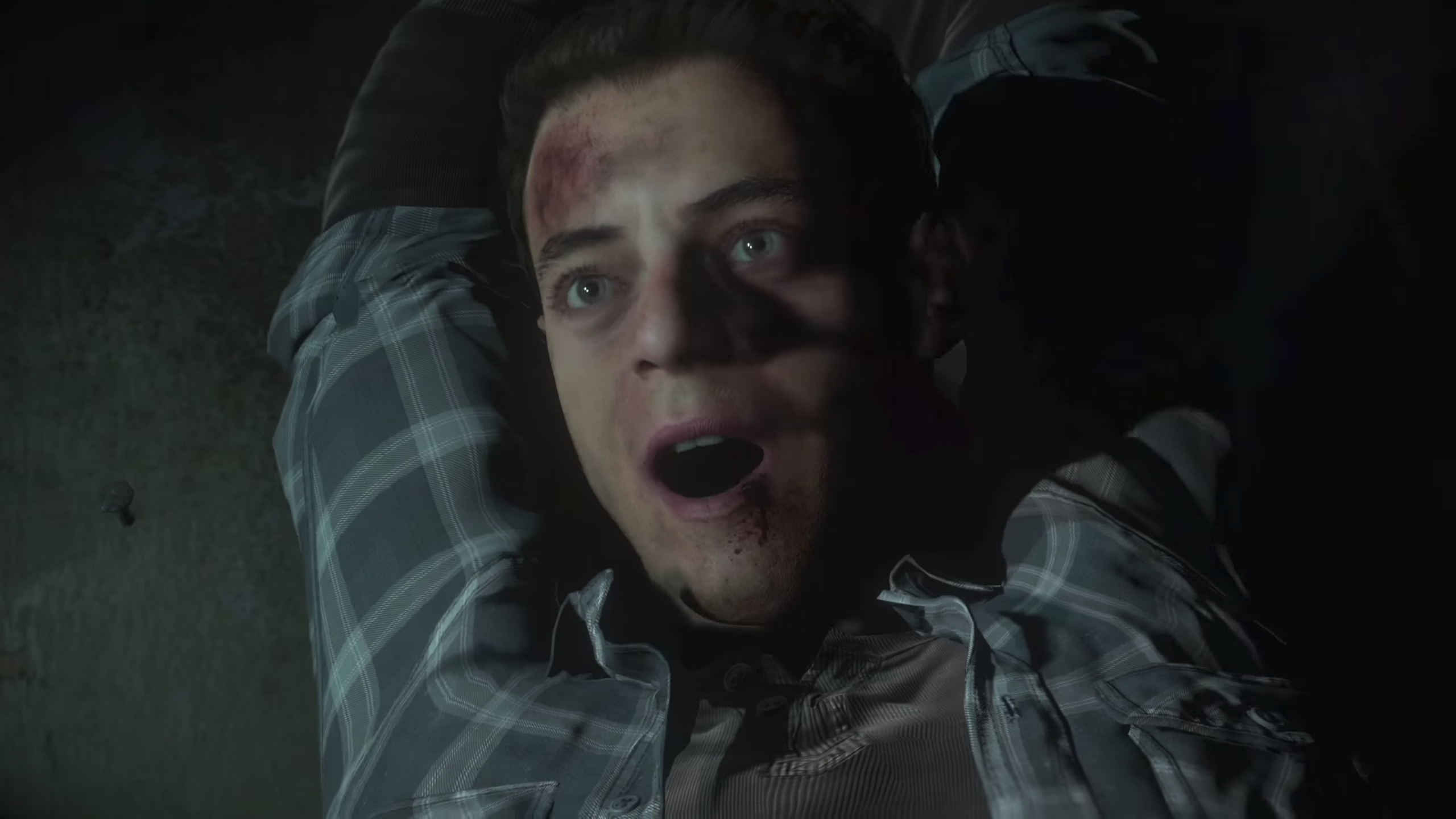This essay contextualizes the horror video game Until Dawn (Supermassive Games, 2015) within the broader history of the ‘interactive movie,’ a genre of storytelling video games with prerecorded video sequences that reached its cultural peak in the mid- to late 1990s. Critics have questioned whether these products truly count as games because of the relative passivity of non-interactive watching and other limits to player control. Previous theorizations of the interactive movie have understood it as a limit case that nevertheless supports the generally accepted definition of the video game medium as something that requires significant player activity and offers players agency and freedom of choice. In contrast, I argue that Until Dawn provides an excellent case study of a video game in which the player’s lack of consequential options, diminished agency, and limited control are crucial to the meaning of the text. I also suggest that interactivity and player action have been overemphasized in the conceptualization of the video game as a medium and that the non-interactive elements of video games should be acknowledged and studied further.
“Losing Control: Until Dawn as Interactive Movie,” New Review of Film and Television Studies 18.3 (September 2020): 275–300.
